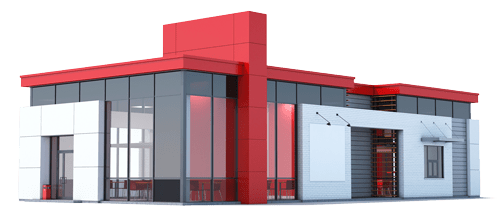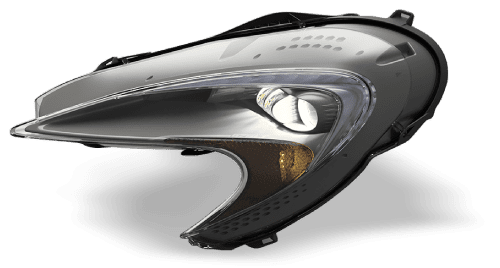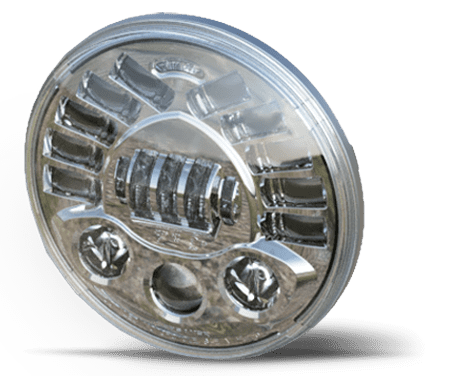
How To Improve the Visibility of Your Commercial Truck
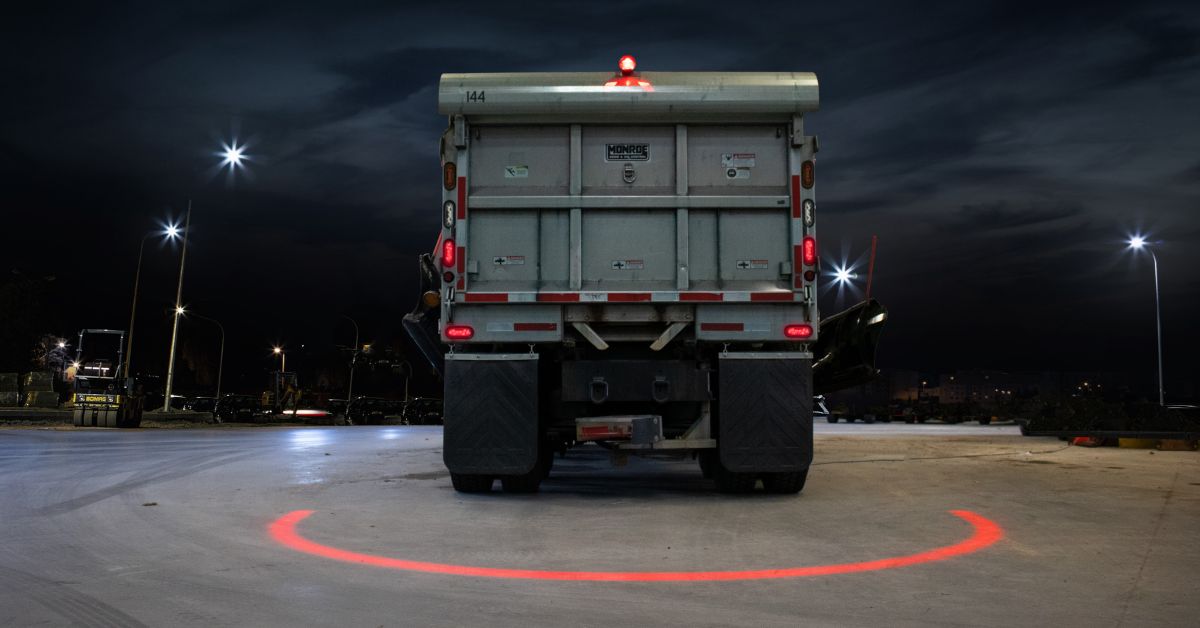
Visibility is critical when it comes to operating commercial trucks. It isn’t just about seeing the road ahead—it’s about making your truck visible to others, preventing accidents, and maximizing compliance with regulations. For fleet managers and commercial truck owners, enhancing visibility should be a key part of your safety and operational strategy.
But what exactly does visibility mean in practical terms, and how can you improve it? This guide dives deep into the factors that influence visibility, the latest innovations in the field, and actionable steps to ensure your vehicles stand out while staying road-ready. Take a closer look at how to improve the visibility of your commercial truck so you can make the necessary adjustments today.
The Visibility Challenges Facing Commercial Truck Operators
Commercial trucking is demanding, but one challenge that is easy to overlook is visibility. Trucks operate across diverse environments, from busy highways to remote rural routes. Changing weather conditions, low-light environments, and lengthy operating hours complicate matters further.
Poor visibility can increase the likelihood of accidents, reduce operational efficiency, and even tarnish your brand’s reputation among customers. Simply put, high-quality lighting goes a long way in commercial trucking.
Understanding these challenges is an important step for anyone involved in commercial trucking because visibility on the road encompasses multiple factors, such as your truck’s lighting, position on the road, and external cues like signage. Each plays an essential role in ensuring your truck not only moves safely but also communicates effectively with surrounding vehicles and pedestrians.
Weather, Light, and Placement Impact Your Truck’s Visibility
Weather conditions and lighting heavily influence visibility on the road. Fog, rain, snow, and even direct sunlight can diminish how clearly your truck appears to other drivers. For example, a bright morning sun might obscure reflective markings, while snowy conditions could block headlights.
The positioning of your truck is also crucial. Poor vehicle placement, such as parking where visibility to oncoming traffic is limited, increases risks. Similarly, inadequate or dim lighting can make your truck less distinguishable, particularly during early morning or nighttime hours.
External elements such as signage, decals, and markings are equally vital. High-visibility reflective tape and bright, legible signage can make the difference between a truck that stands out and one that blends into the background. Details like these hold even more weight in high-traffic or low-light areas where the smallest visual cue can prevent major accidents.
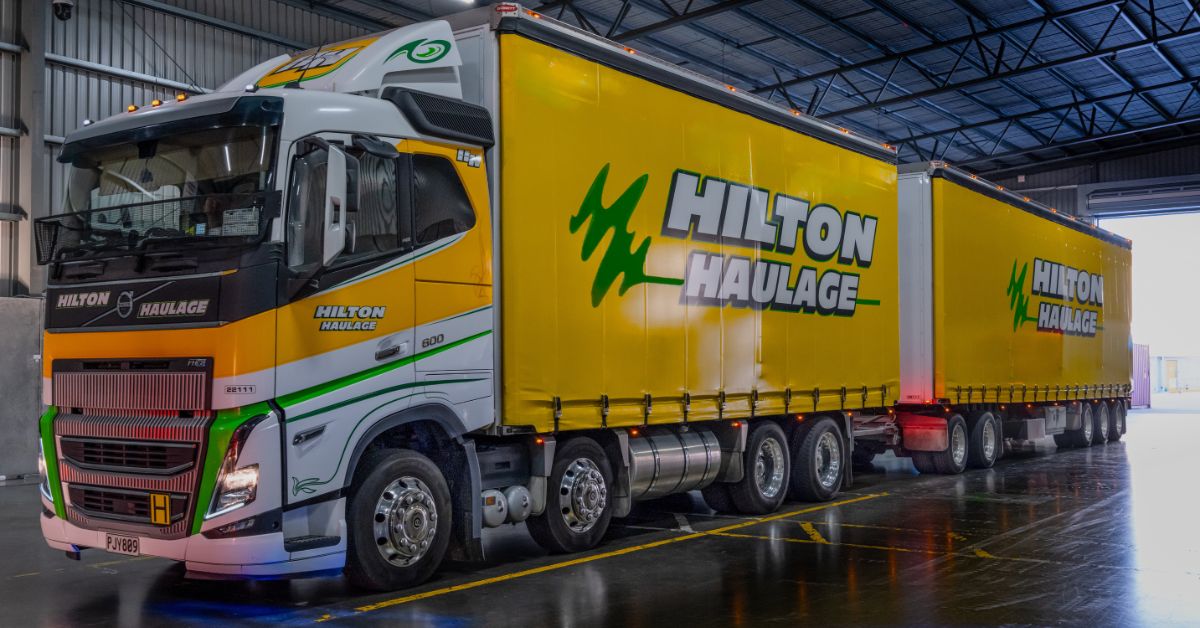
Cutting-Edge Technologies Revolutionizing Visibility
Identifying the best ways to improve the visibility of your commercial truck requires knowing the cutting-edge technologies available. Innovative engineers continue to revolutionize the ways that drivers can illuminate the road in front of them.
Technology isn’t just changing vehicles—it’s redefining visibility for trucks. Today’s advanced lighting systems go far beyond the old incandescent bulbs. LED lights, for example, offer both brightness and long-term durability. The commercial vehicle lighting at J.W. Speaker includes LED headlights, fog lights, and more because this technology has proven incredibly reliable on the road. Plus, innovations like strobe lighting for oversized loads or perimeter lighting for hazardous situations have become standard in enhancing visibility.
Telematics also plays a decisive role. By optimizing route planning, telematics systems help guide trucks along routes with better light conditions and fewer obstacles. Not only does this improve safety, but it also boosts operational efficiency by minimizing delays.
Camera and sensor technology have become indispensable tools for truck operators. With wide-angle cameras, blind spots that were once unavoidable are now accounted for. Sensors detect nearby objects and alert drivers early, averting potential accidents. The combination of these technologies creates a safer road environment while improving the confidence of operators and fleet managers alike.
Key Visibility Practices Every Fleet Manager Should Adopt
While cutting-edge technology plays a pivotal role, traditional best practices are not steps that you should ignore. For example, performing regular vehicle inspections is a must. A burnt-out headlight or a broken reflector can reduce visibility in ways that are both dangerous and avoidable. Scheduled inspections prevent these small oversights from escalating into major safety issues.
Keeping lights clean and well-maintained is another vital habit. Mud, snow, and dirt buildup can easily accumulate without notice, blocking crucial lighting elements. This buildup can dull even the brightest LEDs, making proper cleaning essential.
Upgrading to high-visibility signage shouldn’t be a step you ignore, either. Bold, reflective decals and clear messaging increase your truck’s presence on the road, whether it’s day or night. This step supports robust branding while promoting safety, showing others that your fleet prioritizes professionalism and care.
Enhanced Visibility Benefits Safety, Compliance, and Reputation
The benefits of improved visibility extend far beyond safety. By reducing the risk of collisions between your truck and other drivers, you’re protecting not only your assets but also the lives of others on the road. Safety and clear visibility are directly correlated, and investing in visibility solutions can dramatically lower accident rates.
Visibility also helps ensure compliance with local and international regulations. Regulatory frameworks often require high-visibility equipment, and failing to comply comes with substantial financial penalties and legal consequences. Staying ahead with enhanced lighting and signage assures that your fleet operates within these parameters.
Lastly, visibility factors into how others perceive your business. Trucks that appear well-maintained and professionally equipped communicate commitment, reliability, and strong branding. When your vehicles command attention (in the right way), your customers and partners are more likely to trust your services.
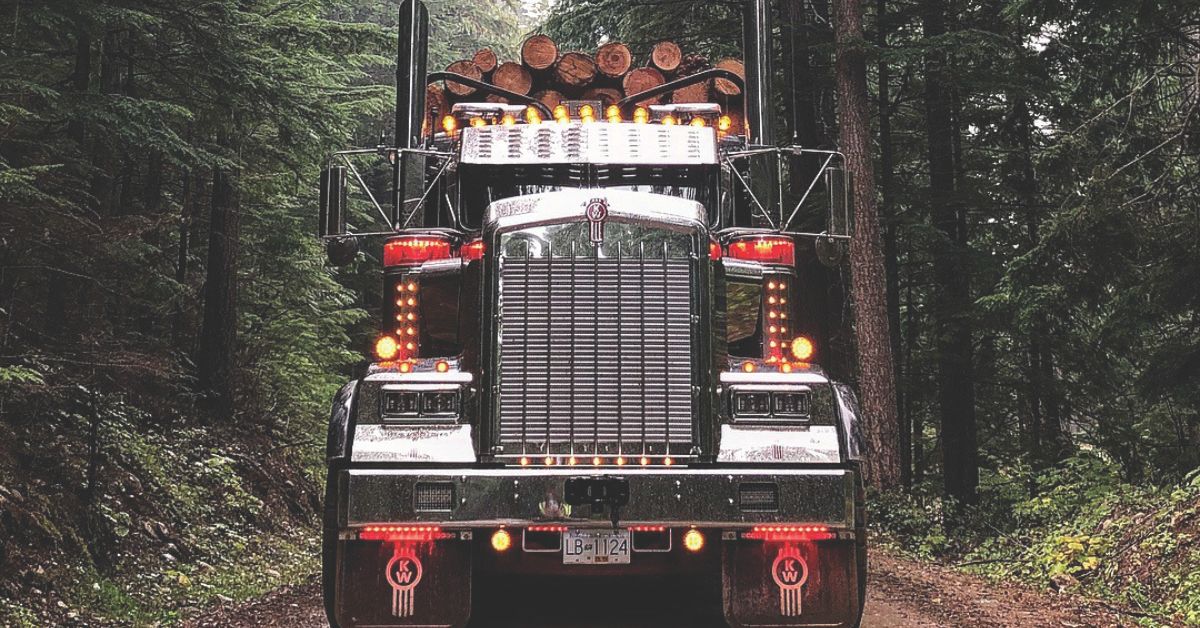
Build a Fleet That’s Seen, Safe, and Successful
Using headlights properly might seem like a very straightforward idea for many commercial truck designers and drivers alike, but, as you can see, visibility extends far beyond that concept. It’s important for commercial trucks to be visible to others, as well as maximize visibility by spotting hazards ahead. With the right lights and techniques, you can create a safe and efficient vehicle for your business.
Visibility isn’t just about meeting minimum safety standards; it’s about taking proactive steps to protect your fleet, drivers, and brand. By integrating visibility-enhancing technologies and adopting consistent maintenance practices, you’re ensuring your trucks are at their best, no matter the conditions on the road.
For fleet managers and commercial truck owners, prioritizing visibility isn’t optional—it’s essential. Make visibility your competitive advantage today and watch it pay dividends in safety, efficiency, and customer trust. Safety starts with visibility. It’s time to make your fleet stand out on the roads for all the right reasons.
